
Vacuum cleaners unfortunately don't last forever, no matter how much we wish they would. Therefore, being able to identify the signs it's time to replace your vacuum cleaner is an extremely handy thing to keep under your belt.
Even using the best vacuum cleaner doesn't negate the fact the task of vacuuming can often be monotonous and time-consuming – and trying to vacuum with a model that is on its last legs will only make the process more frustrating as it struggles to effectively pick up dirt and debris.
If you want to make your weekly clean go as smoothly as possible, not only is it important to be aware of common vacuuming mistakes to avoid but also knowing when it's time to replace your vacuum to ensure the best user experience.
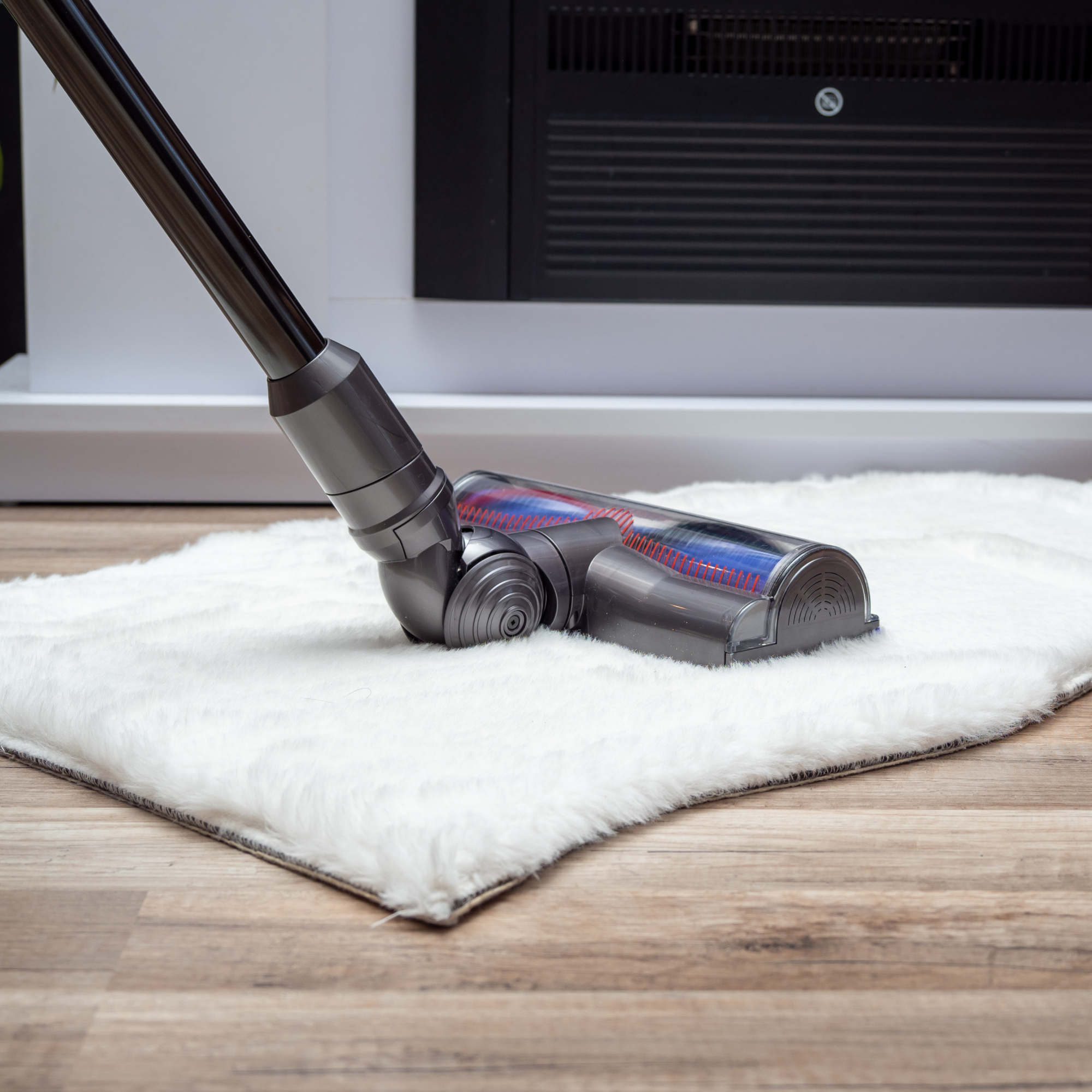
Signs it's time to replace your vacuum
'A good vacuum is a lifesaver and helps you to keep your home clean and free of allergens. However, even good vacuums reach the end of their road eventually,' says Jess Farinha, professional cleaner and visionary founder of London House Cleaners.
So, regardless of whether you use a cordless vacuum or a specific vacuum cleaner for pet hair, these are the key signs that it's probably time to retire your model and upgrade to something new.
1. Age
A vacuum is usually a home appliance you've had for years (and rightly so, considering they're not cheap) but as with anything, general wear and tear will reduce its efficiency.
'If your vacuum is significantly older than newer energy-efficient models on the market, it may be worth considering an upgrade,' advises Joshua Warren, floorcare expert at AO.com.
Although the cost of running a vacuum isn't something to be overly concerned about, opting for a model that will help you save energy at home is never a bad idea – especially if your current vacuum has seen it all.
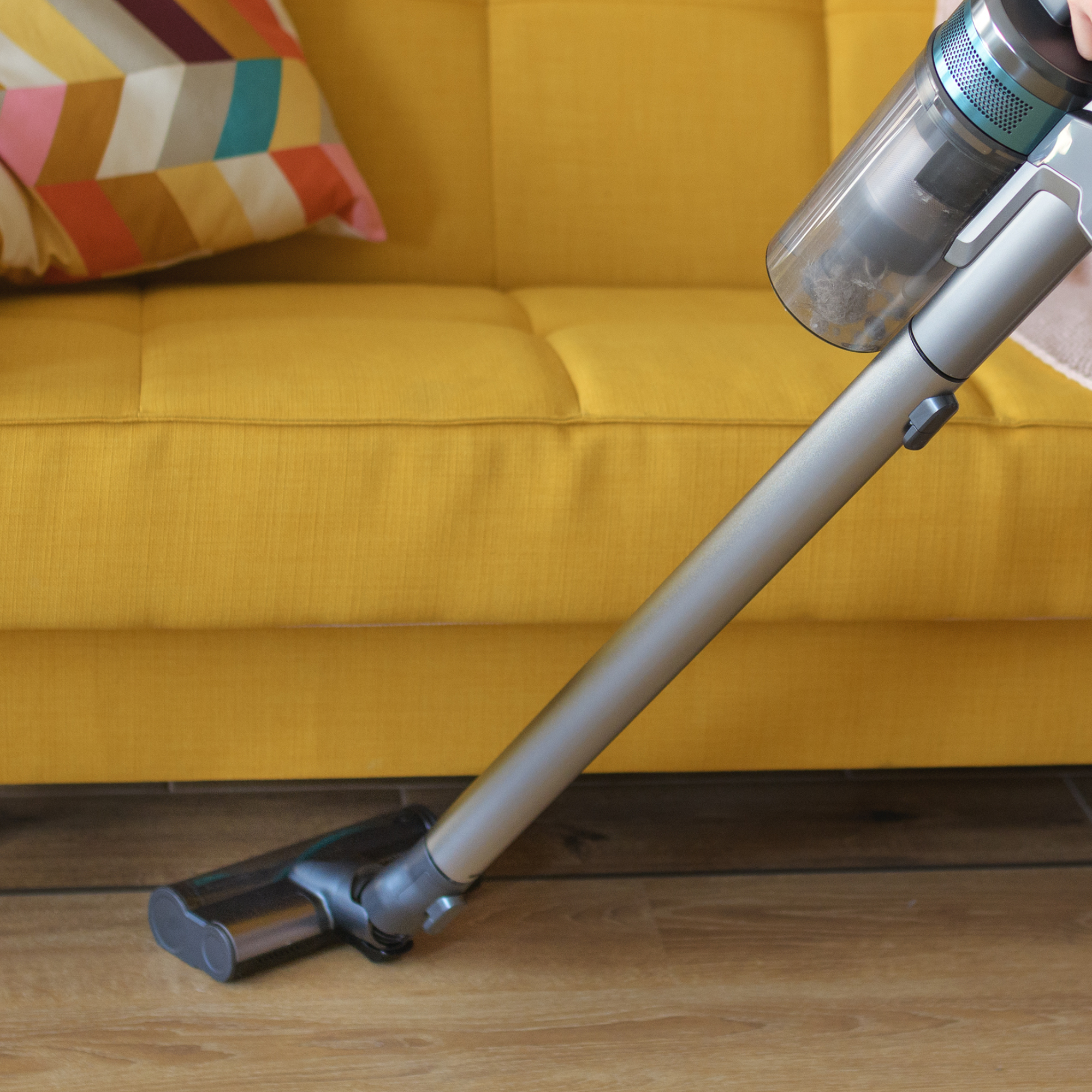
2. Frequency of use
Following the last point, how often you vacuum will also directly affect your vacuum cleaner's lifespan. Naturally, vacuums used more frequently will need to be replaced more often because of general use.
3. Loss of suction power
'If your vacuum is struggling to pick up even the smallest crumbs then a clogged filter or a failing motor can be the culprit,' says Jess.
We've got dedicated explainers on how to clean a Shark vacuum filter effectively and a Dyson vacuum filter, but for any other model simply doing a general clean of your vacuum cleaner will cover the filters.
If even cleaning the filter and looking for blockages doesn't solve the issue of a loss of suction power, Jess says it might be time to consider purchasing a new vacuum.
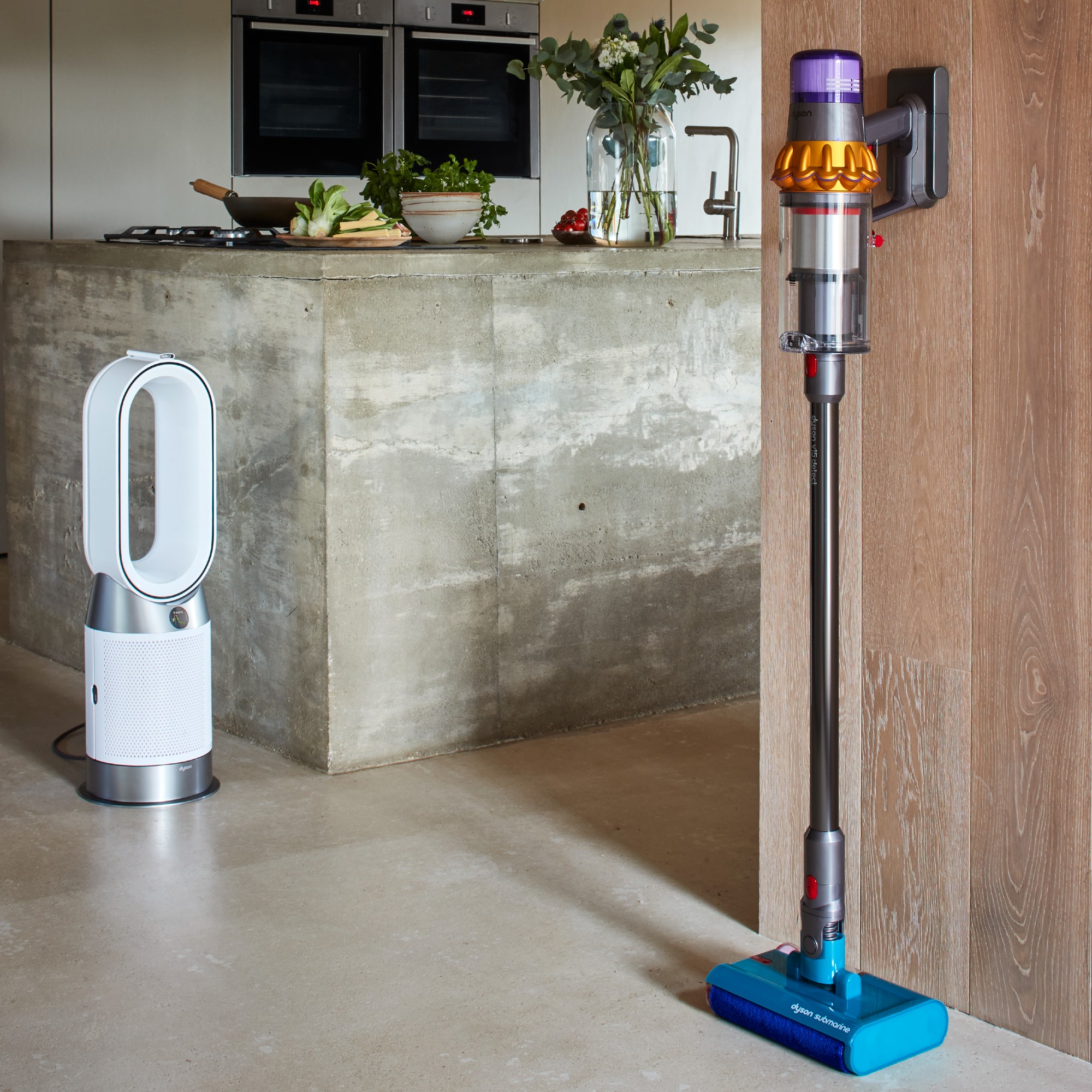
4. Decreased efficiency
Related to the last point, if you're noticing an overall decrease in efficiency with your vacuum cleaner even after unclogging the hose, this is also a sign that it's time to replace it.
'When your vacuum becomes older you can often spend more time vacuuming the same area to achieve the same level of cleanliness,' says Joshua. 'The efficiency of a vacuum can decline through the years, and if this is affecting yours, then it could be that it's time for a replacement.'
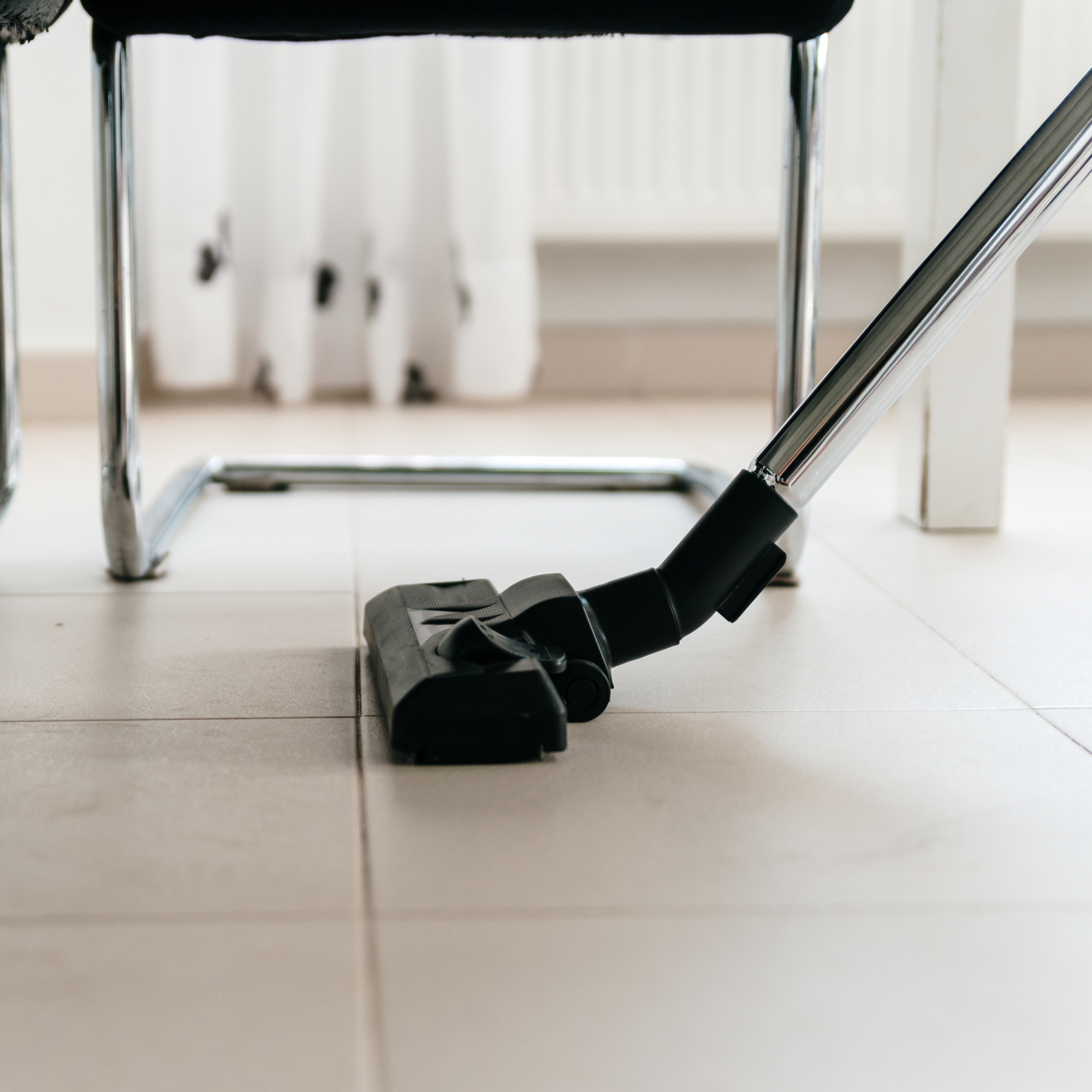
5. Screeching
If you're hearing unusual noises coming from your vacuum, know that's never a good sign. If you can hear screeching, this can be a sign of an internal machine problem.
'The main reason for these noises is worn belts, bearings and even a foreign object stuck inside can create these noises. Even after a good cleaning and replacement of the belt does not fix the issue then it is time to get a new machine,' says Jess.
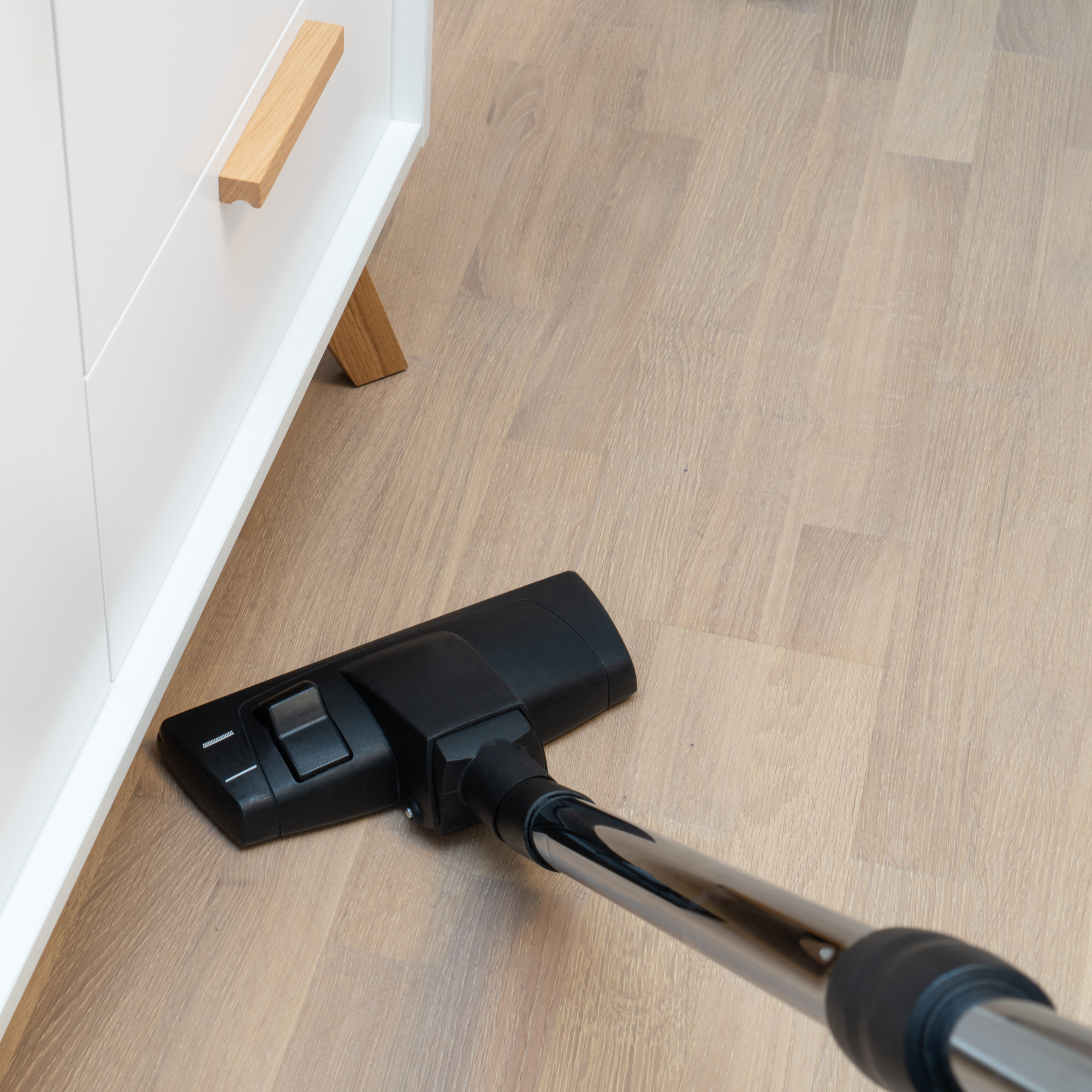
6. Unusual overheating and smells
With any electrical appliance, it's normal for it to generate a bit of heat after some use. However, if you notice that your vacuum is unusually warm and emitting a strange smell as a result, it's time to get rid of it.
'One of the major red flags is the smell of burning rubber. It showcases overheating and internal damage, this can also be a fire hazard. Shut down your vacuum and consider it to be gone,' urges Jess.

7. Cracks and broken parts
Of course, aside from all the internal issues your vacuum could be facing, if it's simply on its last legs physically, it's time to let go. This can include your vacuum tools and attachments failing to stay connected and breaking easily, to the point where you've had to duct tape parts together.
'Cracks in the casing should never be ignored, as broken components, can make a vacuum unsafe to use,' cautions Dawnn Hilton-Lito, general manager at One Less Thing.
'If you find yourself constantly repairing the vacuum, it may be more cost-effective in the long run to invest in a newer, more reliable model.'
Shop our top-rated vacuums
FAQs
How long should a vacuum cleaner last?
With proper care and maintenance, vacuum cleaners should last you years of frequent use. This includes ensuring you're storing your vacuum correctly, for example.
However, as a general rule of thumb, Colin Swift, product line manager of care and wellbeing at AEG recommends replacing your vacuum once it's around eight years old.
'Essential parts could be worn out depending on use, further exacerbating these issues, making an upgrade beneficial for improved performance and functionality,' he explains.
Why has my vacuum lost suction?
'If your vacuum isn't picking up dirt and debris as effectively as it used to, then this could be a sign that your appliance is on its last legs,' explains AO's floorcare expert, Joshua Warren.
'Try to clean the insides first and replace your filters where you can. If these two tips don't help its performance then you may be better off investing in a new vacuum.'
Being able to identify the signs it's time to replace your vacuum will definitely save you hours of frustration trying to fiddle around with a dated appliance, allowing you to make the quality of life upgrade you certainly won't regret.







